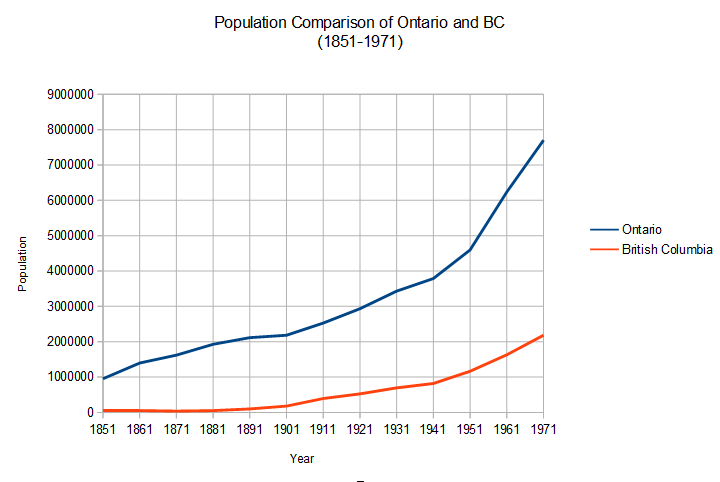The story of Dracula demonstrates the Victorian roles by having the characters portray ideal traits dependent on their gender and position in British society. It uses the female characters in contrast to each other to demonstrate the ideal pure and innocent role and non-ideal role of independent women. It shows men as powerful if upper class and unimportant if lower class.
The novel demonstrates the role of Victorian women as pure, innocent and beautiful. Neither Lucy or Mina have much or any back story. Neither of them have any major traits nor do they play a lead role for the actual overcoming of the conflict. They are practically two dimensional characters. If you analyze the main group of characters who are combating the Count, you’ll find that 5/6 of them are older male gentlemen of a respectable position and only one of them is female. This speaks leagues as to the role of women during the Victorian era as it demonstrates that they are not considered equal to men in society, especially if they are not of the upper classes.
Furthermore, the fact that they leave Mina behind on all their expeditions to defy the Count, shows that women in the Victorian era were meant to be things of beauty, purity and ignorant of the world’s evils. They are more like fragile things to be left at home and not to be encumbered with work, “Their bodies were treated as temples as a result of which they could not be engaged in any vigorous activity”. It wasn‘t until 37 years after Dracula was published that women above the age of 21 had a right to vote in the United Kingdom, which gives very good evidence to the fact that women were maltreated. Their main purpose was to marry into nobility, please their husbands, and raise children. They had almost no career prospects, unless they were in the lower class, in which case they could be laborers or prostitutes.
Mina is the character that most obviously demonstrates the trait of being pure. In the middle of the novel she is the character that the group of men is trying to protect. They even go so far as to leave her behind for some of the more physically violent parts of their quest. They ironically fail to protect her as she is bitten by the Count and forced to drink his blood. None the less she is the one who wants for everyone to be safe and the one who wishes for the group to have mercy on the Count. She represents the Victorian woman in a manner which suggests that women at the time were treated like children, they even had similar rights to children. She is so pure that she wants to show mercy to Dracula.
Lucy, in contrast to Mina, is represented as more emotional and perhaps more progressive. However, to her dismay, it is not the way that women should be in Victorian times. I imagine if the story had taken place sometime closer to the present, the fate of Lucy’s character would be much different than it was. The main reason why Lucy could not be saved and that Mina could is that Lucy is impure. Lucy receives three proposals in one day and wishes that she could accept them all. She has sexual desires which for a Victorian woman is not respectable. While Mina, on the other hand, is content with marrying Johnathan and, as with the fashion of Victorian women, tries to become useful to him by memorizing the train schedules and learning shorthand. In other words, she is pure, whereas Lucy is not, in the eyes of the Victorians.
The other side of the gender role coin is the high stature, powerful, upper class older men. It shows the type of man that is respected in the times. All the main male characters of this book have some major traits that define them; Dr. Van Helsing is more experienced (wise), Dr. Seward is smart (intelligent), and Johnathan is courageous. These traits should come with being a man in a Victorian’s mind. By this logic though, should the Count Dracula not be a perfect example of the perfect man; strong, wise, intelligent and courageous? Why then, is he not capable of beating this group of men and a woman? Because he is promiscuous and an alien from a more eastern country, the opposite of a Victorian.
In the story, there are only a few cases of men from the lower classes. Lower class men could not demonstrate power so were not considered important as well as immoral, as when Johnathan says “Thank God! This is the country where bribery can do anything, and we are well supplied with money.”. When he sates this he is speaking specifically about the working class men and how they will do anything for money. Since women were considered lower than men in any class, lower class women are not notably mentioned. Therefore, the characters in the novel Dracula represent the roles of the different genders and the different classes in Victorian society, that is upper class men as in control and powerful, lower class men as incapable and immoral, upper class women as pure and innocent and lower class women are unworthy of mention.
